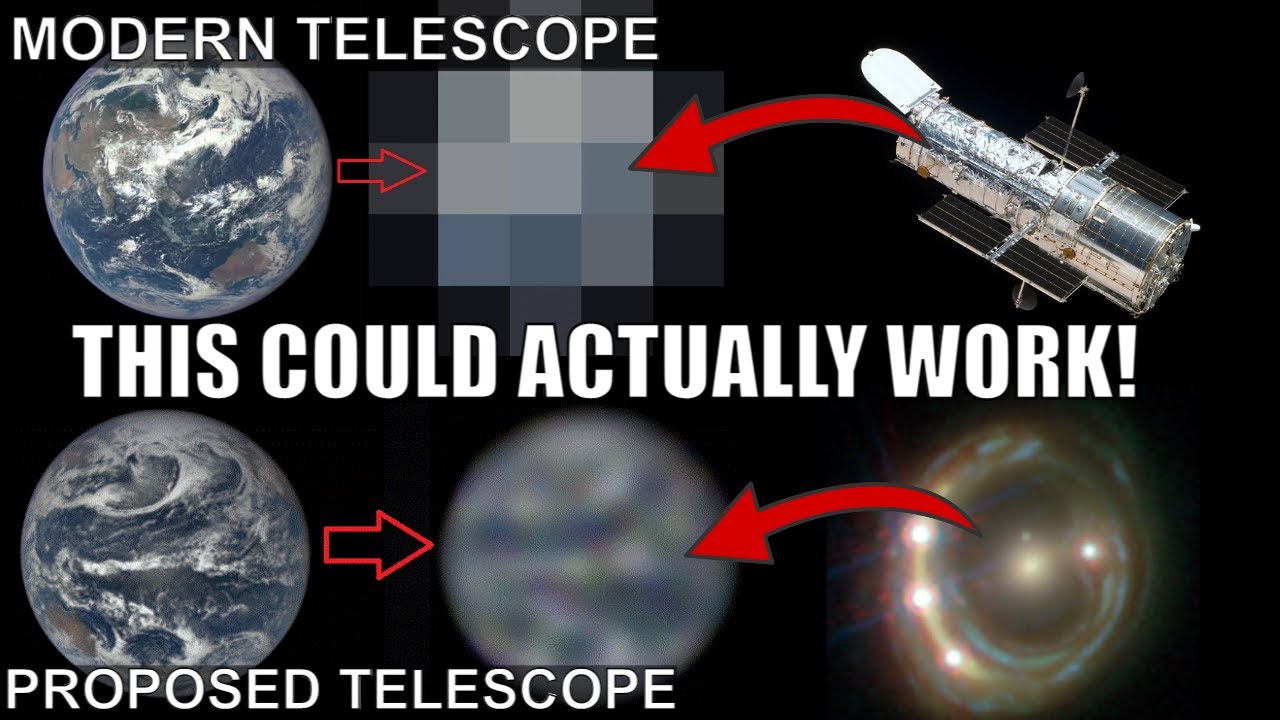The research paper is “Resolved imaging of exoplanets with the solar gravitational lens”. Here is the abstract.
We discuss the feasibility of direct multipixel imaging of exoplanets with the solar gravitational lens (SGL) in the context of a realistic deep space mission. For this, we consider an optical telescope, placed in the image plane that forms in the strong interference region of the SGL. We consider an Earth-like exoplanet located in our immediate stellar neighborhood and model its characteristics using our own Earth. We estimate photon fluxes from such a compact, extended, resolved exoplanet. This light appears in the form of an Einstein ring around the Sun, seen through the solar corona. The solar corona background contributes a significant amount of stochastic noise and represents the main noise source for observations utilizing the SGL. We estimate the magnitude of this noise. We compute the resulting signal-to-noise ratios (SNRs) and related integration times that are needed to perform imaging measurements under realistic conditions. It is known that deconvolution, removing the blur due to the SGL’s spherical aberration substantially decreases the SNR. Our key finding is that this “penalty” is significantly mitigated when sampling locations in the image plane (image pixels) remain widely spaced. Consequently, we conclude that an imaging mission is challenging but feasible, using technologies that are either already available or in active development. Under realistic conditions, high-resolution imaging of Earth-like exoplanets in our galactic neighborhood requires only weeks or months of integration time, not years as previously thought: a high quality 1000x1000 pixel image of an Earth-like planet at Proxima Centauri could be obtained with SNR>10 using approximately 14 months of integration time.
To use the solar gravitational lens, a space telescope must be positioned at least 547.6 astronomical units (AU) from the Sun. (By comparison, Voyager 1, the most distant spacecraft launched from Earth, is “only” 157 AU from the Sun and has taken 45 years to get there.) In 2020, NASA awarded a US$ 2 million NIAC grant to study solar gravitational lens mission concepts, “Direct Multipixel Imaging and Spectroscopy of an Exoplanet with a Solar Gravitational Lens Mission”. The study envisions using a solar sail and close solar fly-by to achieve a velocity of 150 km/sec to arrive at the gravitational lens point within 17 years.
